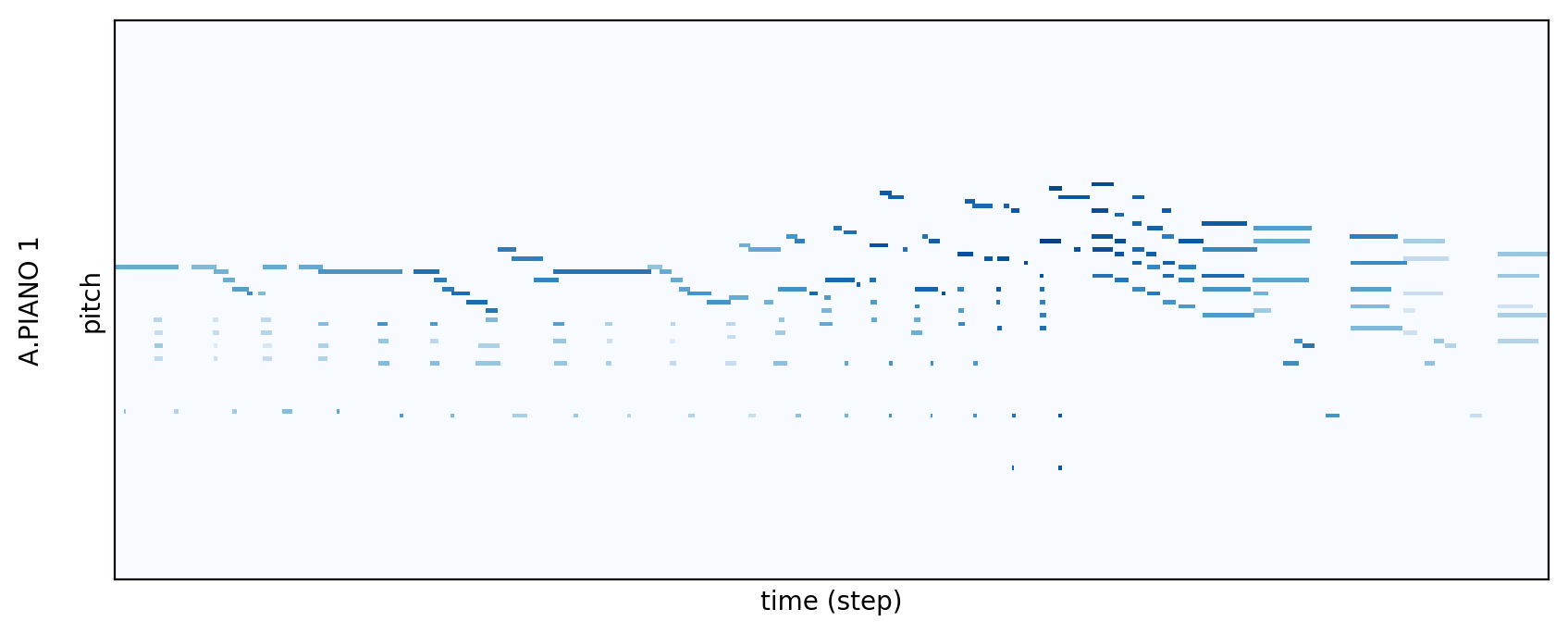Converting an audio file into a piano roll involves extracting the musical notes and rhythms from the audio recording and translating them into a visual representation that can be edited and played back in a MIDI (Musical Instrument Digital Interface) sequencer or digital audio workstation (DAW).
A piano roll is a graphical representation of musical notes in time, typically shown as a grid with time on the x-axis and pitch on the y-axis. By converting an audio file into a piano roll, you can see the notes and rhythms of the music in a more detailed and precise way than just listening to the audio file.
To convert an audio file into a piano roll, you would typically use software that analyzes the audio waveform and automatically detects the pitch and timing of the musical notes. This information is then translated into MIDI data, which can be displayed in a piano roll editor. From there, you can edit the notes, adjust their timing and duration, and apply various effects to the MIDI data to create a new arrangement of the original audio recording.
Note that during the conversion from MIDI files to pianorolls, an additional minimal-length (of one time step) pause is added between two consecutive (without a pause) notes of the same pitch to distinguish them from one single note.





